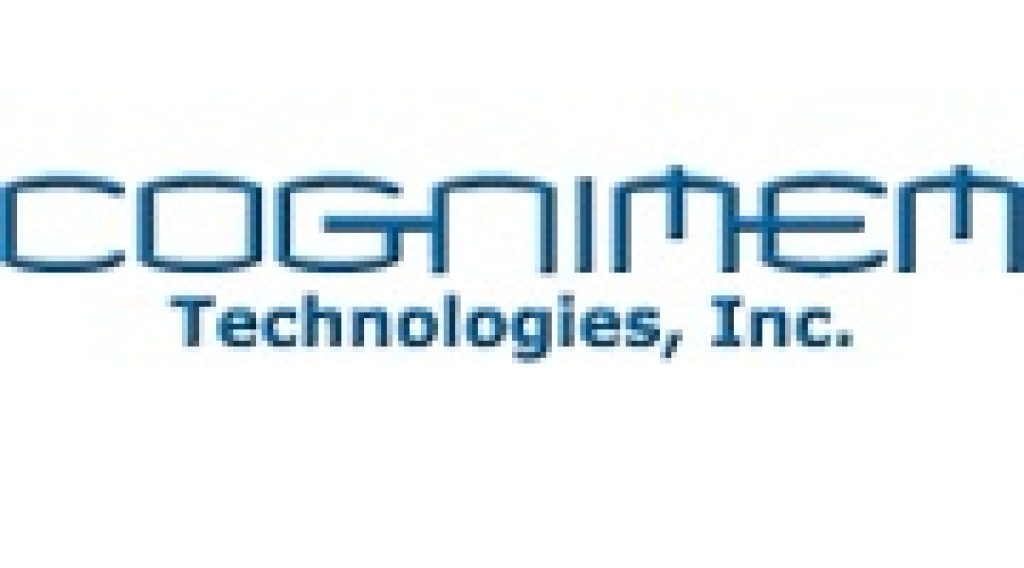Embedded Vision Alliance Member CogniMem Technologies announced yesterday that it was the recipient of a 2012 North American New Product Innovation Award from Frost & Sullivan (a technology analysis and consultancy firm) for CogniMem's CM1K Neural Network System-On-Chip. The entire analysis report is available for download from CogniMem's website (PDF). Here are some summary excerpts:
Key Industry Challenges Addressed by CogniMem Technologies’ Neural Network System-On-Chip CM1K
Hardware that can perform parallel processing is becoming a ubiquitous component in computer processing technology nowadays. With the advent of multicore computing, Frost & Sullivan envisions a constant rate of growth with respect to the theoretically available compute capability. Alongside this growth, solutions to overcome the challenge of power requirements for such compute-intensive scenarios are also being uncovered.
In a real-time high-performance computing (HPC) application, oftentimes matrix vector multiplications are executed in parallel. In a multicore system, multiple computing engines work independently on different tasks and can complete intensive tasks concurrently and efficiently.
Frost & Sullivan points out that one challenge with multicore processors is in the area of software development. Parallelism in the source-code of an application through multithreading is essential for faster performance benefits. Also, parallel architectures are implemented through multiple methods — Field Programmable Gate Arrays (FPGAs), tiled many-core architectures, and manifold coprocessor concepts – with no unified approaches or standards in place currently. Moreover, programming models involve vendor specific approaches and diverging concepts.
Today’s fastest and most powerful computers are based on the von Neumann architecture – where the processing unit includes an arithmetic logic unit and processor registers, a control unit with an instruction register and program counter, a memory to store both data and instructions. The connection between the memory and the processor can get overloaded, limiting the speed of the computer to the pace at which it can transfer data between the two. Processors idle while waiting to get data from the memory, and adding more cores to the equation further reduces the speed and uses up resources. In addition, specific tasks require diverse and targeted programs in order to function as intended.
Frost & Sullivan feels that CogniMem Technologies’ neural network system-on-chip CM1K resolves the memory bottleneck, in a superior fashion when compared to other market participants, by obviating the need for an instruction set in its processor architecture. By emulating a neuron’s synaptic response in silicon, the company has enabled “true” parallelism and has opened the doors for high performance computing – at extremely low power and cost.


